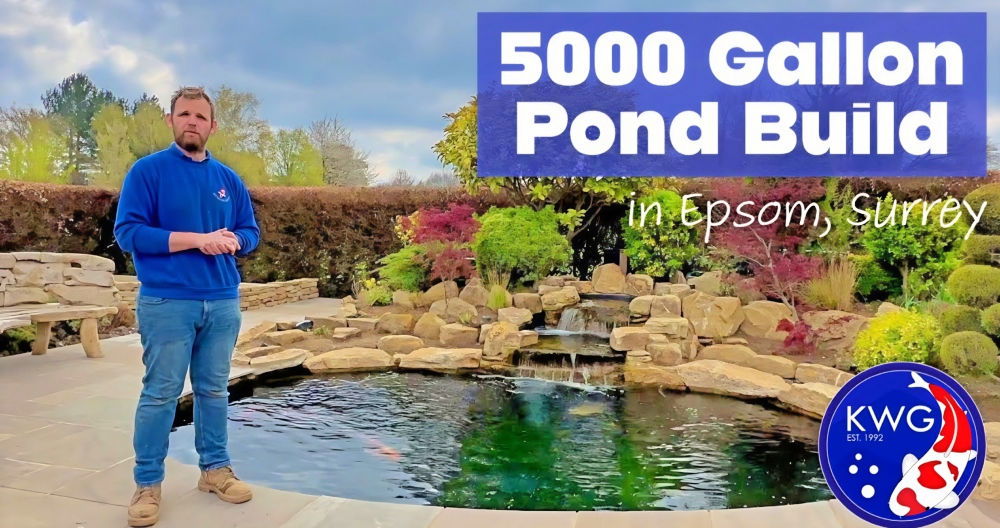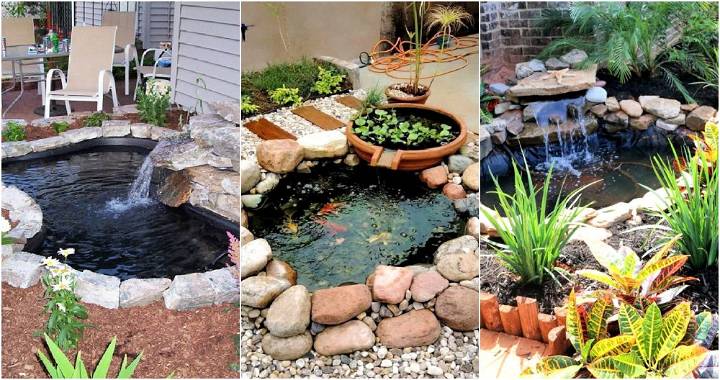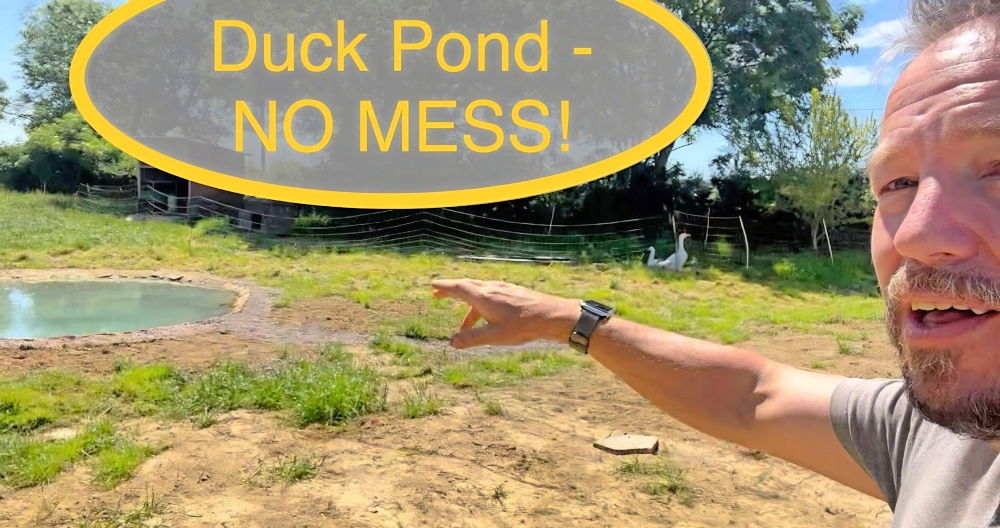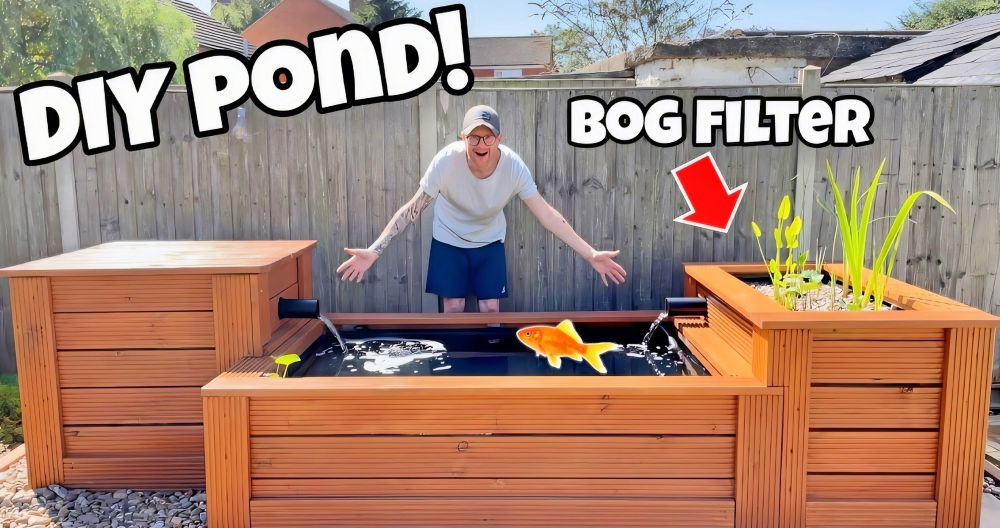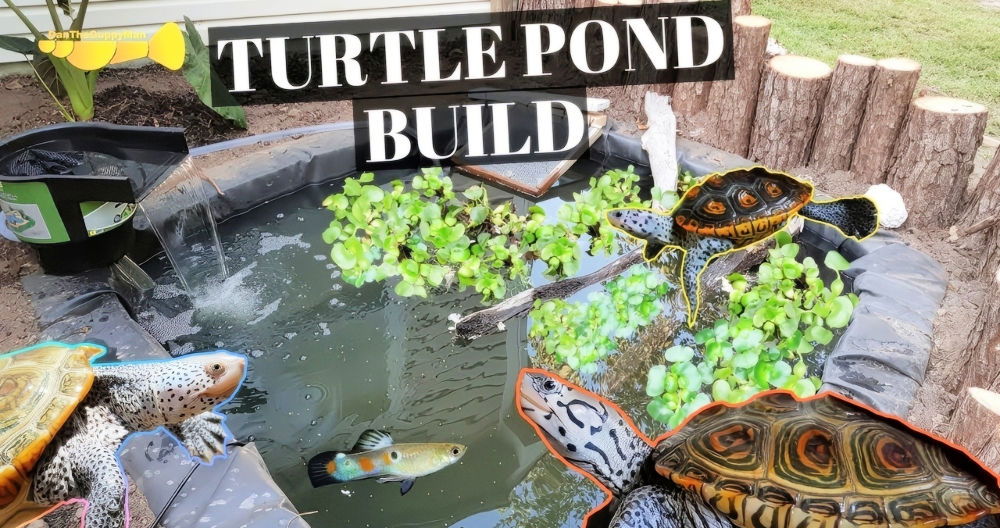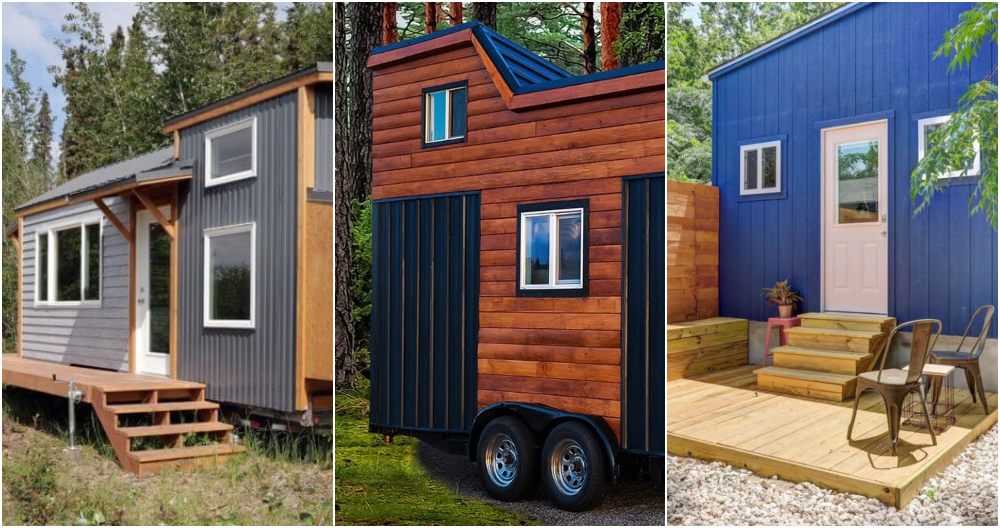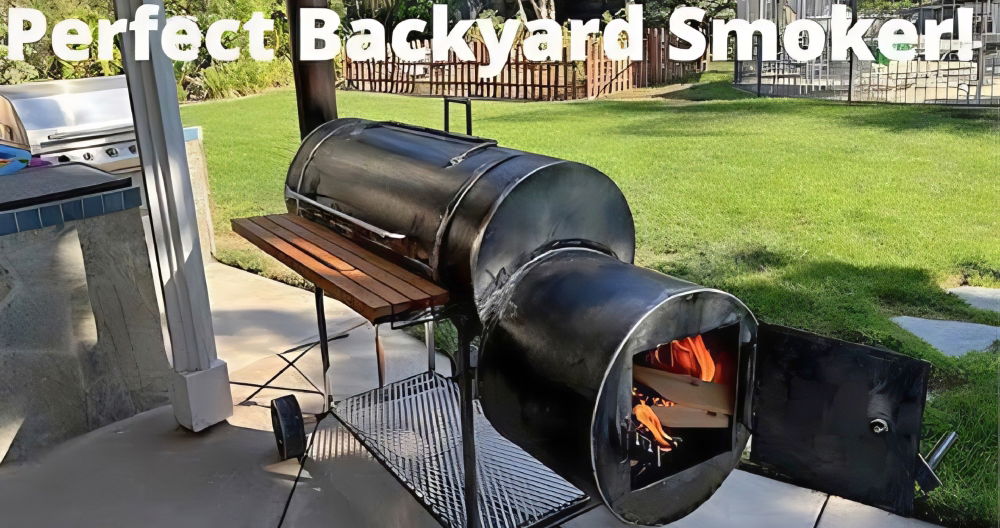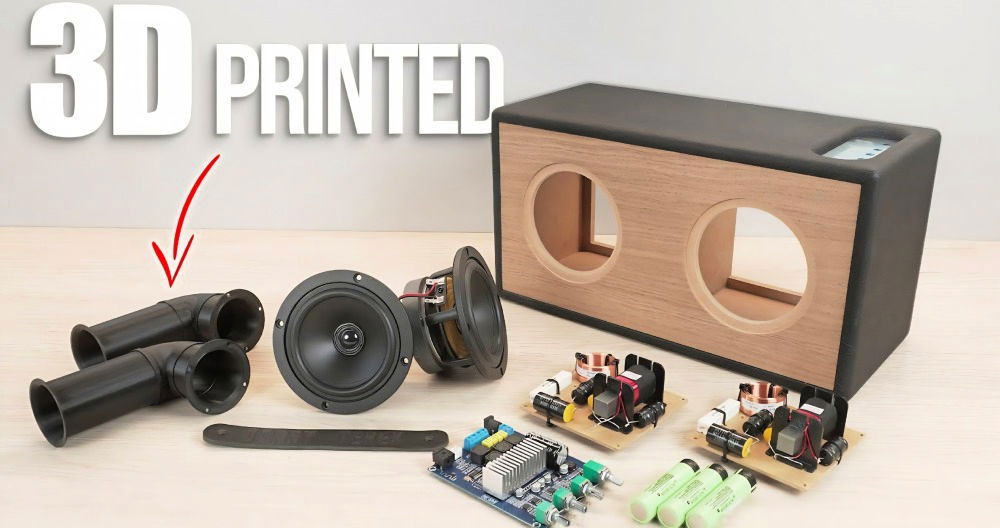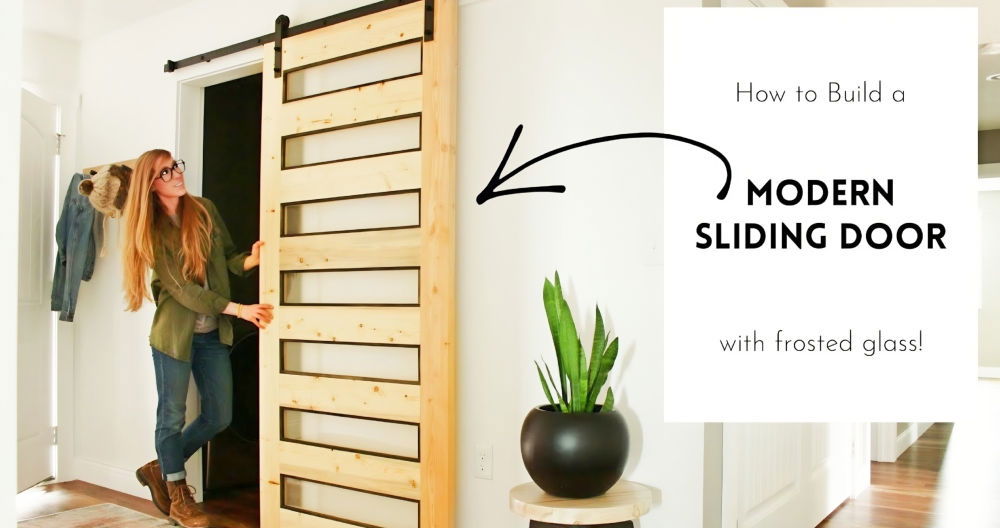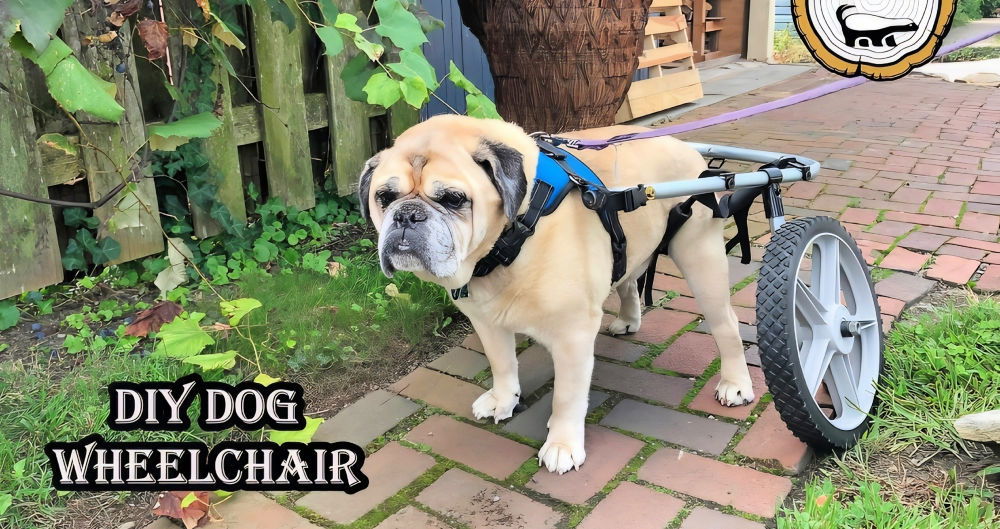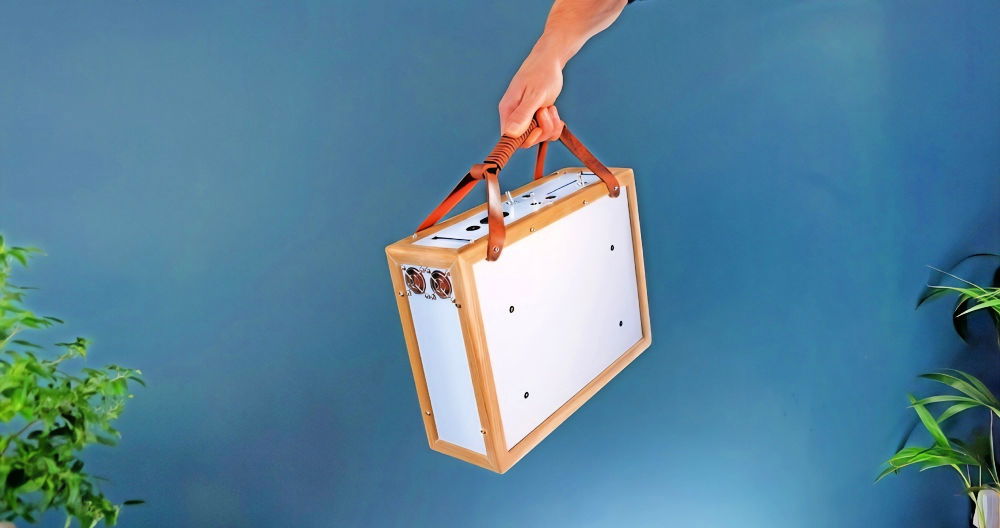Making a DIY pond in your backyard can be a delightful project that not only enhances the beauty of your outdoor space but also contributes to local biodiversity. A pond ecosystem is a complex interplay of various elements, each playing a vital role in maintaining the balance and health of the environment.
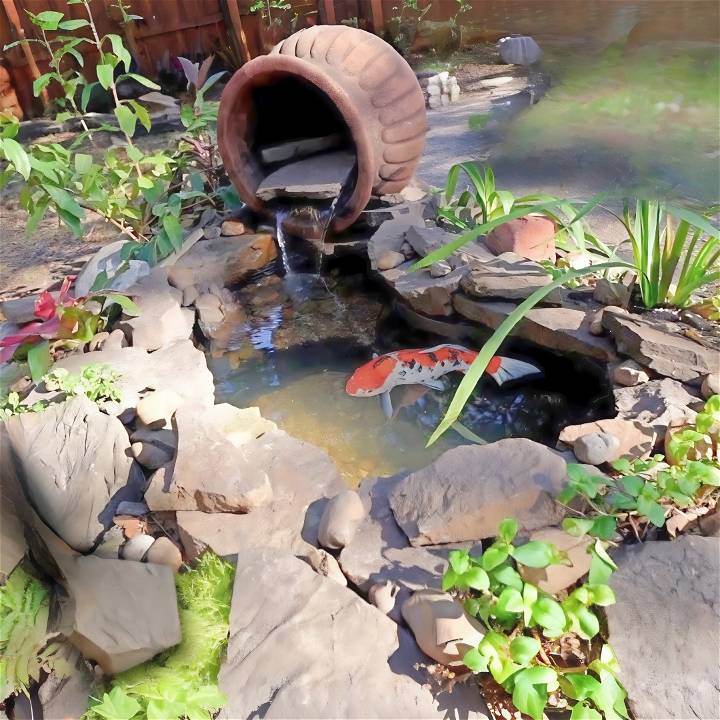
The Basics of a Pond Ecosystem
At its core, a pond ecosystem comprises living organisms and non-living elements that interact within a watery environment. Here's a simple breakdown:
- Water: The foundation of any pond, it's essential for all forms of life.
- Plants: They provide oxygen, food, and shelter. Submerged plants, marginal plants, and floating plants all contribute differently.
- Fish: They add movement and life to your pond while controlling insect populations.
- Microorganisms: Bacteria and other tiny creatures break down waste, keeping the pond clean.
The Role of Each Element
- Plants are the lungs of the pond ecosystem. They oxygenate the water during the day, which is crucial for fish and beneficial bacteria. They also offer shade and reduce algae growth by competing for nutrients.
- Fish are the most visible inhabitants of your pond. They're not just for decoration; they play a critical role in the ecosystem by eating algae and insect larvae, helping to keep pest populations in check.
- Microorganisms might be invisible to the naked eye, but they're the unsung heroes of your pond. These include beneficial bacteria that break down fish waste and fallen leaves, converting them into less harmful substances.
Maintaining Balance
A healthy pond ecosystem is all about balance. Too many fish can lead to waste accumulation, while too few plants might not provide enough oxygen. It's important to research and plan your pond's size and inhabitants to make a self-sustaining environment.
Understanding pond ecosystems ensures a beautiful, wildlife-friendly DIY project that is low-maintenance and harmonious with nature.
Planning and Preparation
The desire to have a pond in my backyard had been brewing for a while. I envisioned a small, serene water feature that would attract wildlife and offer a peaceful retreat. Budget constraints meant I needed to be resourceful, so I embarked on this DIY project with careful planning.
Materials Needed
- Prefab Pond Basin: Opting for a prefab model cut down on costs and complexity. I found a 50-gallon pond basin for $50 on a local marketplace, a steal compared to retail prices.
- Rocks and Stones: To naturalize the pond, I needed a variety of rocks. Luckily, I sourced these for free from around my property and neighborhood.
- Plants: Incorporating both aquatic and surrounding foliage was crucial for the ecosystem. I allocated around $100 for plants.
- Pond Pump and Filtration System: Essential for maintaining water clarity and health. I found an affordable pump online for $17.
- Additional Supplies: This included a hose for the waterfall, pea gravel, and a few bags of topsoil.
The Process
Discover the step-by-step guide to building a DIY pond at home. Learn the essential process for making a beautiful pond in your backyard.
Digging and Installing the Pond Basin
The physical labor began with digging a hole to partially submerge the prefab pond. This was the most challenging part, requiring several hours of battling roots and ensuring the hole matched the shape of the basin perfectly. Once the hole was dug, placing the basin and ensuring it was level felt like a significant milestone.
Naturalizing with Rocks and Plants
My goal was for the pond to blend seamlessly with its surroundings. I arranged the collected rocks around the pond's perimeter, making a natural, rugged look. The planting process was equally methodical, with each plant selected based on its environmental benefits and aesthetic appeal. I chose a mix of native species and decorative plants that would thrive near water, ensuring they were placed strategically for optimum growth and coverage.
Waterfall Creation
The addition of a waterfall was both for aesthetic pleasure and aeration for the pond. I crafted the waterfall using a large pot, filling it with a pump, filter material, and topping it with lava rocks. Setting up the waterfall required a bit of trial and error to get the flow right, but the soothing sound of trickling water it produced was well worth the effort.
Filling and Final Touches
Filling the pond with water was a moment of truth. It revealed any leaks or adjustments needed. Fortunately, everything held up well. I added pea gravel to the bottom of the pond for beneficial bacteria habitation and placed additional plants and stones to finalize the look.
Lessons Learned
- Always Test Equipment First: Before going too far into the process, test your pump and filter to ensure they work as expected.
- Patience is Key: Some steps took longer than anticipated, especially digging and arranging stones. Taking breaks and reevaluating my approach when necessary was crucial.
- Resourcefulness Saves Money: Utilizing free materials and bargain finds significantly cut down costs without compromising on quality.
Troubleshooting Common Pond Issues
When it comes to maintaining a DIY pond, encountering issues is a part of the process. However, with the right knowledge, these problems can be easily managed. This section will guide you through common pond issues and provide straightforward solutions.
Algae Overgrowth
Algae can be beneficial in small amounts, but overgrowth can disrupt your pond's ecosystem. To combat this:
- Reduce sunlight: Algae thrive on sunlight. Adding aquatic plants can provide shade and reduce algae growth.
- Regular cleaning: Remove debris and excess algae manually or with a pond vacuum.
- Water treatments: Use algaecides sparingly, as they can affect fish and plants. Always follow the product instructions.
Murky Water
Murky water can be caused by various factors, including algae, runoff, or fish waste. Here's how to clear it up:
- Improve filtration: Ensure your pond has a proper filtration system that includes mechanical and biological filters.
- Increase aeration: Adding a fountain or waterfall can help circulate the water and introduce oxygen.
- Regular maintenance: Clean your pond regularly to prevent waste buildup.
Fish Health Issues
Keeping your fish healthy is crucial for a balanced pond. If you notice problems:
- Check water quality: Test for pH, ammonia, nitrites, and nitrates. Adjust as necessary.
- Observe behavior: Look for signs of stress or illness, such as lethargy or not eating.
- Consult a vet: If you're unsure, seek advice from a veterinarian specializing in aquatic animals.
Equipment Failure
Pond equipment can fail due to wear and tear or improper maintenance. To prevent this:
- Regular checks: Inspect pumps, filters, and other equipment regularly for signs of damage.
- Clean components: Keep all parts clean to ensure they run smoothly.
- Replacement parts: Have spare parts on hand to avoid downtime if something breaks.
By addressing issues timely, you keep your pond looking good and working well. Prevention is vital, so regular checks and maintenance are crucial to prevent problems.
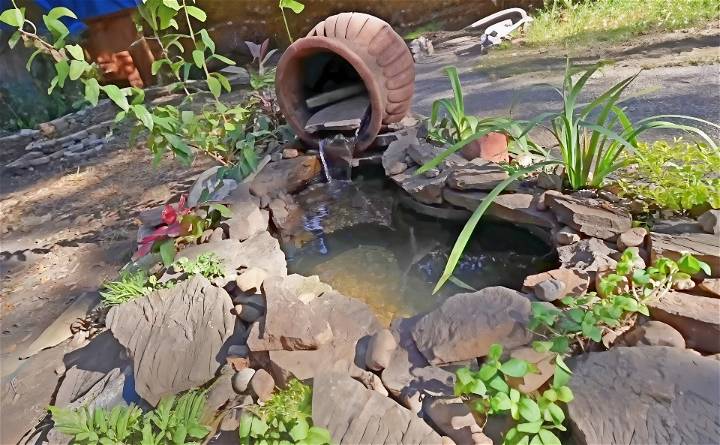
FAQs About Building a Pond
Discover answers to all your FAQs about building a pond, from selecting the right location to maintenance tips. Everything you need to know in one place!
Do I need a permit to build a pond?
Yes, in many places you may need a permit, especially if your pond will be large or if you plan to stock it with fish. It's important to check with your local government for any regulations and obtain the necessary permits before you start digging.
How do I choose the right location for my pond?
Select a flat area that gets at least six hours of sunlight per day. Avoid placing your pond under trees to minimize leaf debris and root interference. Also, consider proximity to electrical sources if you plan to install pumps or lights.
How do I ensure good water quality in my pond?
Good water quality is maintained through proper filtration, regular cleaning, and balanced plant and fish populations. Test your water regularly for pH levels and clarity, and adjust as needed to maintain a healthy ecosystem.
What are some common problems I might face with my pond?
Common issues include algae overgrowth, murky water, and equipment failure. These can be managed with regular maintenance, such as cleaning out debris, ensuring proper filtration, and checking the health of your pond's inhabitants.
Can I build a pond myself or should I hire a professional?
Building a small to medium-sized pond can be a DIY project. However, for larger or more complex ponds, or if you're not comfortable with the process, hiring a professional might be a better option to ensure it's done correctly.
Conclusion
Reflecting on this project, I'm filled with a sense of pride and accomplishment. Not only did I manage to make a beautiful pond on a budget, but I also learned a lot about patience, creativity, and the importance of reconnecting with nature. The pond has since become a focal point in my backyard, attracting birds, insects, and offering a tranquil spot for relaxation.
For anyone looking to embark on a similar project, I hope my experience serves as both inspiration and a practical guide. Remember, with some planning, effort, and creativity, transforming your backyard into a natural oasis is entirely within reach.


